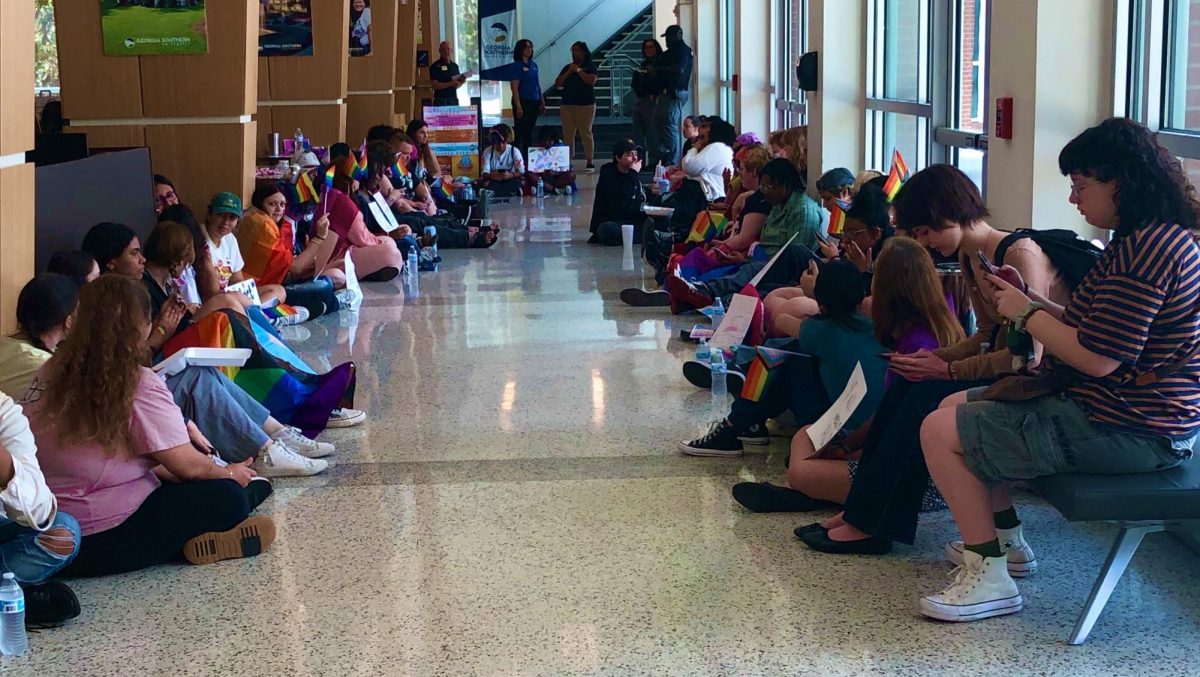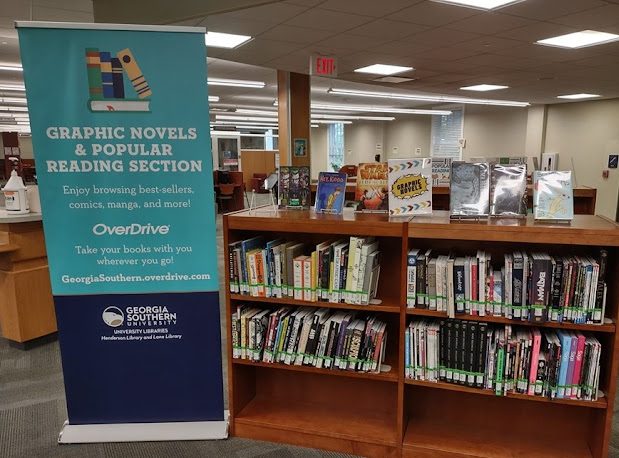By Jess Brannen, Web Editor
Voltaire is said to have imbibed around 40 cups of coffee in a day while writing his famous Candide, crediting the tannic elixir for his philosophical inspirations. We as students aren’t likely to have the same iron stomach (or disposable income) as Voltaire, but we, too, can appreciate the benefits of a good cup of joe.
Reasons for drinking coffee are abundant: not getting enough shuteye, last minute studying, double shifts at work. Caffeine has myriad benefits, including increased alertness, energy, attentiveness, and sociability. It’s no wonder, then, that college students have a uniquely higher need for these advantages.
College students comprise 44% of the 183 million coffee drinkers in the US, as determined by a 2012 Gallup study. This number is up from the 1999 statistic that formerly claimed soda’s popularity trumped coffee’s among the college set.
Many students aged 18-24 don’t stick to just one cup per day, either. According to a 2013 study by University of New Hampshire student Nicole Olsen, 39% consumed between 2 and 3 cups of coffee per day, compared with the 45% who had a single cup.
Despite java’s plusses, many students suffer from the adverse affects of such a high caffeine intake. A tall 12-ounce coffee from Starbucks contains roughly 260 milligrams of caffeine – five times the caffeine of a 12-ounce Diet Coke, says NPR’s food blog, The Salt. One study shows just how detrimental even 200 milligrams of coffee can be to individuals in all age ranges. Whether consciously realized or not, sleep efficiency is negatively impacted, as well as creativity. Heavy caffeine use is defined by the Mayo Clinic as more than 500 to 600 mg per day, and is responsible for nervousness, restlessness, irritability, and muscle tremors.
Fast Company Magazine offers suggestions beyond the coffee cup that just might boost productivity in a comparable way. Green tea is one alternative that gets the job done, improving cognitive thinking and memory. Its caffeine content is lower than that of coffee and, thanks to plentiful antioxidants, this drink gets a stamp of approval from the health community.
Taking a power nap is another idea, along with hitting the gym, raising the heat to around 77 degrees, and eating dark chocolate while watching Youtube cat videos.
Whether cutting back to one cup a day or substituting one of these suggestions, your body and mind will thank you.














Drew Beal • Oct 6, 2014 at 4:21 pm
Cool piece. It’s kind of scary to think of all the calories being consumed on college campuses across the country — just from coffee! Another negative byproduct of coffee’s popularity is the single-use paper cup that accompany most drinks. Less than 2% of coffee drinks get served in reusable cups (source: Starbucks), but fortunately there are programs like the Kill the Cup University Challenge that are incentivizing students to get their daily coffee in a reusable cup.
Maybe the next University Challenge can focus its efforts on weening college students off of their coffee addiction. Perhaps the Green Tea Challenge!? Anyway, great post!